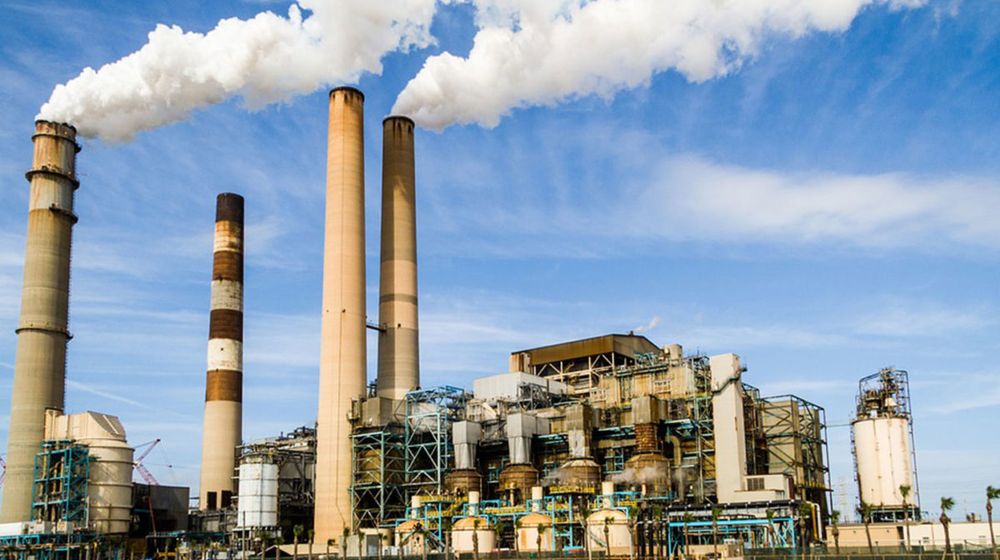LSMI output rises 2.38% in July

MG News | September 16, 2024 at 05:26 PM GMT+05:00
September 16, 2024 (MLN): The large-scale manufacturing (LSM) sector of Pakistan recorded a growth of 2.38% in July 2024 compared to last year, the Pakistan Bureau of Statistics (PBS) reported Monday.
On a monthly basis, it decreased 2.08% compared to June's 108.46 points.
In FY24, LSMI output growth rebounded by 0.92% driven by improved confidence and recovery in various sectors, although the pace of growth remains below the necessary threshold.

The main contributors towards overall growth of 2.38% are, Food (0.63), Tobacco (0.81), Textile (1.48) Garments (1.37), Petroleum Products (0.41), Chemicals (0.02), Pharmaceuticals (-0.23), Cement (-0.38), Iron & Steel Products (-0.70), Electrical Equipment (-0.69), Automobiles (1.01), Paper & Board (0.14) and Furniture (-1.36).
The production in July 2024 as compared to July 2023 has increased in Food, Beverages, Tobacco, Textile, Wearing apparel, Leather Products, Wood Products, Paper & Board, Coke & Petroleum Products, Chemicals, Computer, electronics and Optical Products, Automobiles, Other Transport Equipment, Machinery and Equipment and Other Manufacturing (Football).
Conversely, it decreased in Pharmaceuticals, Rubber Products, Non-Metallic Mineral Products, Iron and Steel Products, Fabricated Metal Products, Electrical Equipment, Machinery and Equipment and Furniture.
Industry accounts for about 18% of Pakistan's total GDP at producer prices. Data on industrial production in Pakistan is not available on a high-frequency basis, as GDP figures are officially released quarterly with at least a two-month lag..
As a proxy for industrial production, policymakers in Pakistan rely on Large Scale Manufacturing (LSM), which is a sub-component of total industrial production. The performance of LSM is a key indicator of the overall health of the industrial sector and is assessed monthly through the Quantum Index of Large Scale Manufacturing Industries (QIM).
Historically, LSM dominates the manufacturing sector of GDP, accounting for around 69% of manufacturing — a sub-component of Industry — and about 8% of the overall GDP.
Economic activity began to rebound in the second half of FY24. However, global demand slump, currency devaluation, and a widening current account deficit severely limited the government's flexibility, particularly in maintaining fiscal discipline amidst stringent financial conditions.
Copyright Mettis Link News
Related News
| Name | Price/Vol | %Chg/NChg |
|---|---|---|
| KSE100 | 138,597.36 256.32M | -0.05% -68.14 |
| ALLSHR | 85,286.16 608.38M | -0.48% -413.35 |
| KSE30 | 42,340.81 77.13M | -0.03% -12.33 |
| KMI30 | 193,554.51 76.19M | -0.83% -1627.52 |
| KMIALLSHR | 55,946.05 305.11M | -0.79% -443.10 |
| BKTi | 38,197.97 16.53M | -0.59% -225.01 |
| OGTi | 27,457.35 6.73M | -0.94% -260.91 |
| Symbol | Bid/Ask | High/Low |
|---|
| Name | Last | High/Low | Chg/%Chg |
|---|---|---|---|
| BITCOIN FUTURES | 117,670.00 | 121,165.00 117,035.00 | -1620.00 -1.36% |
| BRENT CRUDE | 69.23 | 70.77 69.14 | -0.29 -0.42% |
| RICHARDS BAY COAL MONTHLY | 96.50 | 0.00 0.00 | 2.20 2.33% |
| ROTTERDAM COAL MONTHLY | 104.50 | 104.50 104.50 | -0.30 -0.29% |
| USD RBD PALM OLEIN | 998.50 | 998.50 998.50 | 0.00 0.00% |
| CRUDE OIL - WTI | 66.03 | 67.54 65.93 | -0.20 -0.30% |
| SUGAR #11 WORLD | 16.79 | 17.02 16.71 | 0.05 0.30% |
Chart of the Day
Latest News
Top 5 things to watch in this week
Pakistan Stock Movers
| Name | Last | Chg/%Chg |
|---|
| Name | Last | Chg/%Chg |
|---|




 Weekly Forex Reserves
Weekly Forex Reserves